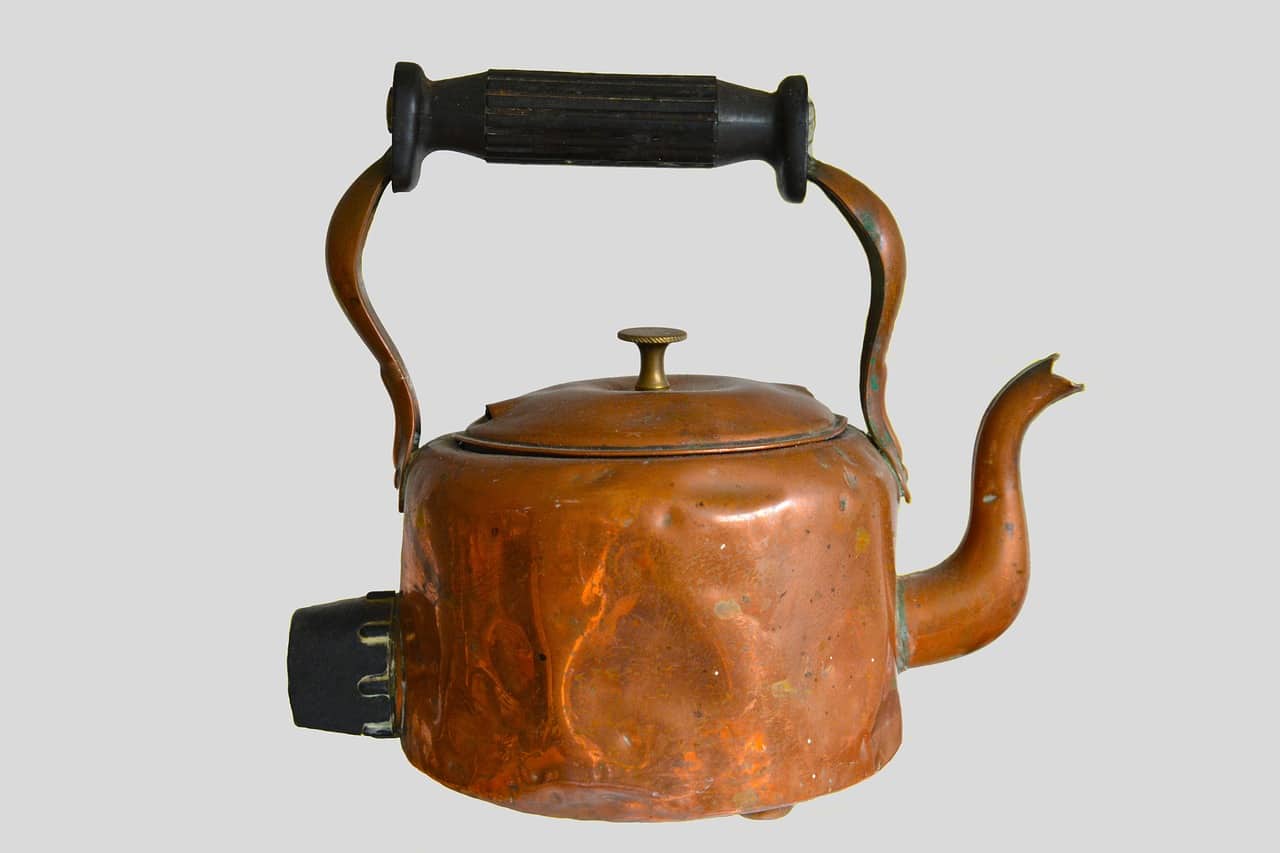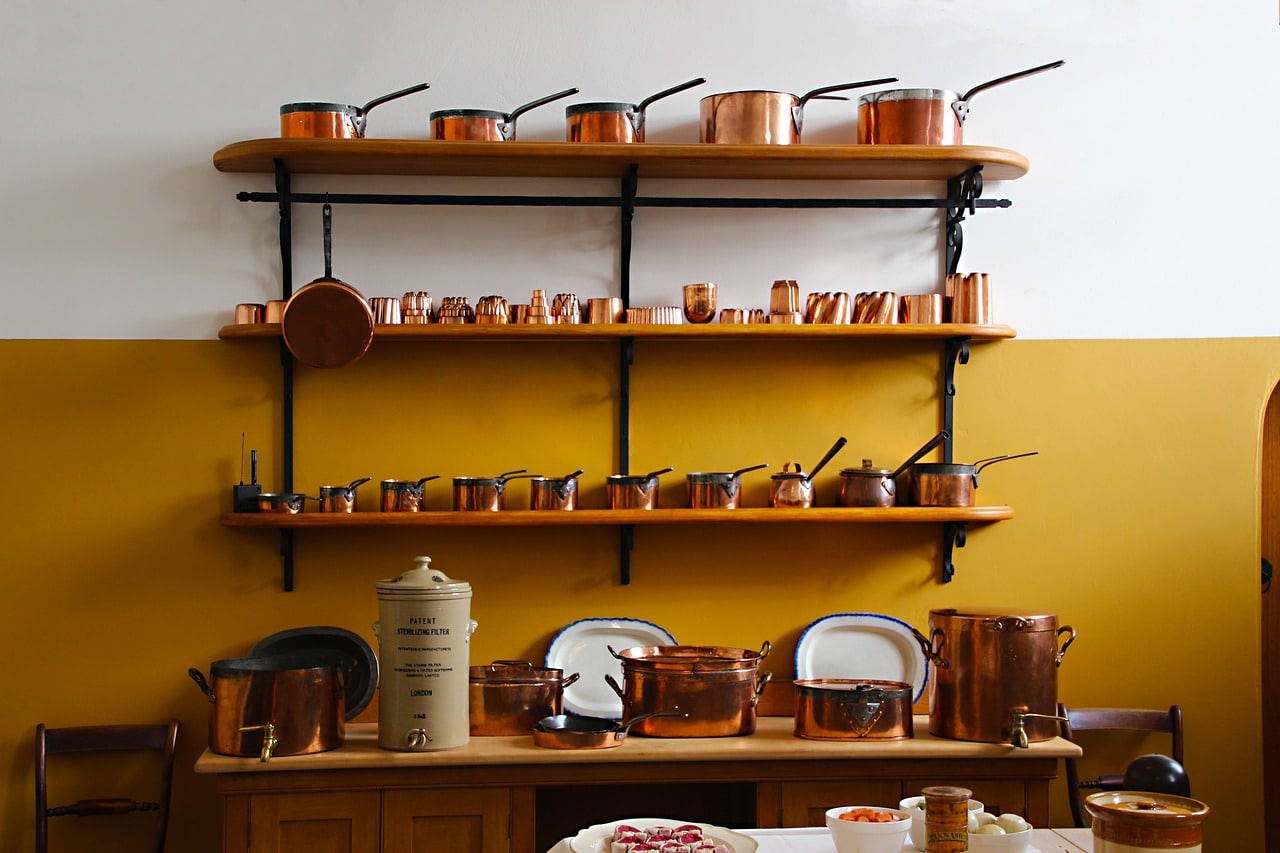
Metallurgy advanced and deepened during the Age of Metals, contributing to the splendor of copper, bronze and iron.
The Bronze Age is a period that unfolded in prehistory , approximately, between the years 3100 BC. C. and 1200 BC. C. It must be taken into account that this data lacks accuracy since it varies according to the sources consulted and the place in the world specifically analyzed. It started, as has been documented, in Sumeria once said civilization had demonstrated an advanced mastery of knowledge and findings for the time because they used a plow , took advantage of the benefits of the wheel and had knowledge in matters of mathematics , writing and astronomy , for example. . During this period, the thriving Babylon expanded its power throughout Mesopotamia and had supremacy not only in the Bronze Age but also when the turn of iron arrived.
In this regard, it is interesting to note that there is agreement that the Bronze Age is in second place within the order recognized for the so-called Age of Metals : it came after the splendor of the Copper Age and was prior to the Iron Age .
The name chosen for this phase refers to the discovery of tin and copper alloys . As time went by, bronze spread beyond borders. It seems to have arrived in China at the impulse of the Shang dynasty , while in Ancient Egypt it became popular during the Protodynastic era but its scarcity meant that it failed to displace stone as the main raw material .
Characteristics of the Bronze Age
Among the most notable characteristics of the Bronze Age are very relevant social transformations.
At that time, the concept of social class gained strength and meaning, marking the separation between rulers and common residents, recognizing hierarchies that ranged from the aristocracy to the bourgeoisie . At the same time, the towns were taking advantage of the benefits of metal smelting and thus began to develop increasingly sophisticated bronze weapons that various communities used in the wars they were involved in.
On the other hand, it is necessary to know that there are three different parts within this period . A first cycle has been established called the Early Bronze Age (at which time the economy was essentially focused on fishing and hunting , while agriculture showed a strong boost thanks to the rise of bronze used for tools and utensils ), another period identified as the Middle Bronze Age (a stage in which it became customary to offer food products in exchange for metal elements) and, finally, the Late Bronze Age is distinguished (during which humanity, using writing and other resources, distributed in increasingly complex social structures).

During the ancient stage of the Bronze Age, in Europe, standardized elements made of bronze were used as an early modality of the value of banknotes and coins, as can be seen when studying the characteristics of ancient trade.
Bronze and other elements paved the way for activities (especially artisanal) and practices that generated good economic results (due to the progress of trade and access to trade routes ) and that diversified funerary rites .
In the field, better and better fruits began to be obtained as new techniques were implemented and more resistant, efficient and durable agricultural tools were available. Different species of domestic animals were then used to work on the land and little by little the scope of plows with plows designed in wood with a metal cover was expanded.
Customs and developments
The customs and developments that occurred throughout the Bronze Age have been coming to light thanks to excavations, finds of historical relevance and research led by archeology experts.
Near the stone circle called Stonehenge , for example, a series of burial mounds have been discovered, several of which date back to the Early Bronze Age . Within the framework of this exploration of English terrain, ashes arising from the cremation process, bone remains and multiple elements were found (among them, an object made of Roman ceramics , delicately worked wood and blades belonging to knives . They were even detected in the area wells and a cultivation terrace .

Throughout history, bronze and copper vessels and tools, bronze jewelry, clay ceramic pieces, bronze coins, stone tools emerged... With excavations and research it is possible to rescue a wide and interesting sample of ancient art.
Towards the north of London, on the other hand, a scientific mission culminated in the detection of houses in an excellent state of conservation, meaning great news for those who want to know what peculiarities ancient architecture had. These constructions that arose in times of the Bronze Age were established on pillars, had a circular format and were made of wood. In this site popularly identified as "British Pompeii" a huge wheel , textile pieces based on plant fibers and vessels inside which there were leftovers were also found.
In the depths of the Turkish coast, to detail another encounter of enormous value, remains of a ship baptized as Uluburun were located whose structure and content of the cargo it was carrying at the time of shipwreck added enriching information about the Bronze Age . There was a bronze figure covered in gold , amulets, bronze ingots, about twenty anchors made of stone and jewels along with foodstuffs and spices (cumin, wheat, almonds, grapes, coriander, olives, figs, etc.) that, By identifying them, they provided details about the ancient diet .
